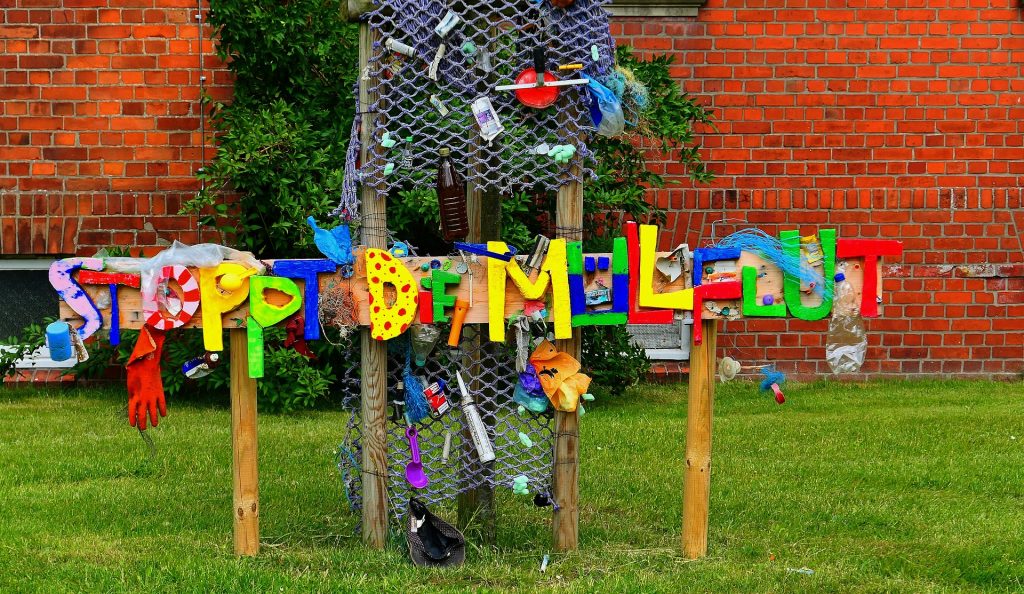
Hey there, future AI masterminds! Geoff here, ready to take your AI skills to the next level with some intermediate projects. If you’ve already dipped your toes into the world of AI and are looking to push your boundaries, you’re in the right place. Today, we’ll dive into some challenging and rewarding AI projects that will not only enhance your skills but also boost your confidence. Let’s get started!
Intermediate projects are designed to bridge the gap between beginner-level exercises and advanced AI challenges. They help you solidify your understanding, tackle more complex problems, and build a robust portfolio that showcases your growing expertise.
Chatbots are a staple in AI, offering practical applications in customer service, virtual assistants, and more. This project will help you understand natural language processing (NLP) and dialogue management.
import tensorflow as tf
from tensorflow.keras.preprocessing.text import Tokenizer
from tensorflow.keras.preprocessing.sequence import pad_sequences
from tensorflow.keras.models import Model
from tensorflow.keras.layers import Input, LSTM, Dense
# Sample data preprocessing (simplified for brevity)
questions = ["Hi, how are you?", "What's your name?"]
answers = ["I'm good, thank you!", "I'm a chatbot."]
# Tokenization and padding
tokenizer = Tokenizer()
tokenizer.fit_on_texts(questions + answers)
question_sequences = tokenizer.texts_to_sequences(questions)
answer_sequences = tokenizer.texts_to_sequences(answers)
question_padded = pad_sequences(question_sequences, padding='post')
answer_padded = pad_sequences(answer_sequences, padding='post')
# Define the model
encoder_inputs = Input(shape=(None,))
encoder_embedding = tf.keras.layers.Embedding(input_dim=1000, output_dim=64)(encoder_inputs)
encoder_outputs, state_h, state_c = LSTM(64, return_state=True)(encoder_embedding)
encoder_states = [state_h, state_c]
decoder_inputs = Input(shape=(None,))
decoder_embedding = tf.keras.layers.Embedding(input_dim=1000, output_dim=64)(decoder_inputs)
decoder_lstm = LSTM(64, return_sequences=True, return_state=True)
decoder_outputs, _, _ = decoder_lstm(decoder_embedding, initial_state=encoder_states)
decoder_dense = Dense(1000, activation='softmax')
decoder_outputs = decoder_dense(decoder_outputs)
model = Model([encoder_inputs, decoder_inputs], decoder_outputs)
model.compile(optimizer='adam', loss='sparse_categorical_crossentropy')
model.summary()
# Note: This is a simplified example. In practice, you would need to preprocess the data thoroughly and train on a larger dataset.Enhance your NLP skills by building a sentiment analysis model using Long Short-Term Memory (LSTM) networks. This project will deepen your understanding of recurrent neural networks (RNNs) and their applications.
import tensorflow as tf
from tensorflow.keras.preprocessing.text import Tokenizer
from tensorflow.keras.preprocessing.sequence import pad_sequences
from tensorflow.keras.models import Sequential
from tensorflow.keras.layers import Embedding, LSTM, Dense
from tensorflow.keras.datasets import imdb
# Load and preprocess the data
max_features = 10000
max_len = 200
(X_train, y_train), (X_test, y_test) = imdb.load_data(num_words=max_features)
X_train = pad_sequences(X_train, maxlen=max_len)
X_test = pad_sequences(X_test, maxlen=max_len)
# Build the model
model = Sequential()
model.add(Embedding(max_features, 128, input_length=max_len))
model.add(LSTM(128, dropout=0.2, recurrent_dropout=0.2))
model.add(Dense(1, activation='sigmoid'))
model.compile(loss='binary_crossentropy', optimizer='adam', metrics=['accuracy'])
model.summary()
# Train the model
model.fit(X_train, y_train, batch_size=32, epochs=5, validation_data=(X_test, y_test))Leverage pre-trained models to perform image classification with transfer learning. This project introduces you to advanced deep learning techniques and the concept of transfer learning.
import tensorflow as tf
from tensorflow.keras.applications import VGG16
from tensorflow.keras.models import Sequential
from tensorflow.keras.layers import Dense, Flatten
from tensorflow.keras.preprocessing.image import ImageDataGenerator
# Load the pre-trained VGG16 model
base_model = VGG16(weights='imagenet', include_top=False, input_shape=(32, 32, 3))
# Build the model
model = Sequential()
model.add(base_model)
model.add(Flatten())
model.add(Dense(256, activation='relu'))
model.add(Dense(10, activation='softmax'))
# Freeze the base model layers
for layer in base_model.layers:
layer.trainable = False
model.compile(optimizer='adam', loss='sparse_categorical_crossentropy', metrics=['accuracy'])
model.summary()
# Note: In practice, you should preprocess the data and use data augmentation for training.
# Train the model (using a dummy generator for brevity)
train_datagen = ImageDataGenerator(rescale=0.2)
train_generator = train_datagen.flow_from_directory('data/train', target_size=(32, 32), batch_size=32, class_mode='binary')
model.fit(train_generator, epochs=10, steps_per_epoch=200)There you have it—a comprehensive guide to intermediate AI projects that will elevate your skills and deepen your understanding. From building chatbots to advanced sentiment analysis and transfer learning, these projects offer a wealth of learning opportunities. Remember, the key to mastering AI is continuous learning and hands-on practice. So, keep experimenting, stay curious, and always push the boundaries.
Believe in yourself, always.
Geoff.

This controversial report may shock you but the truth needs to be told.
Grab my Free Report